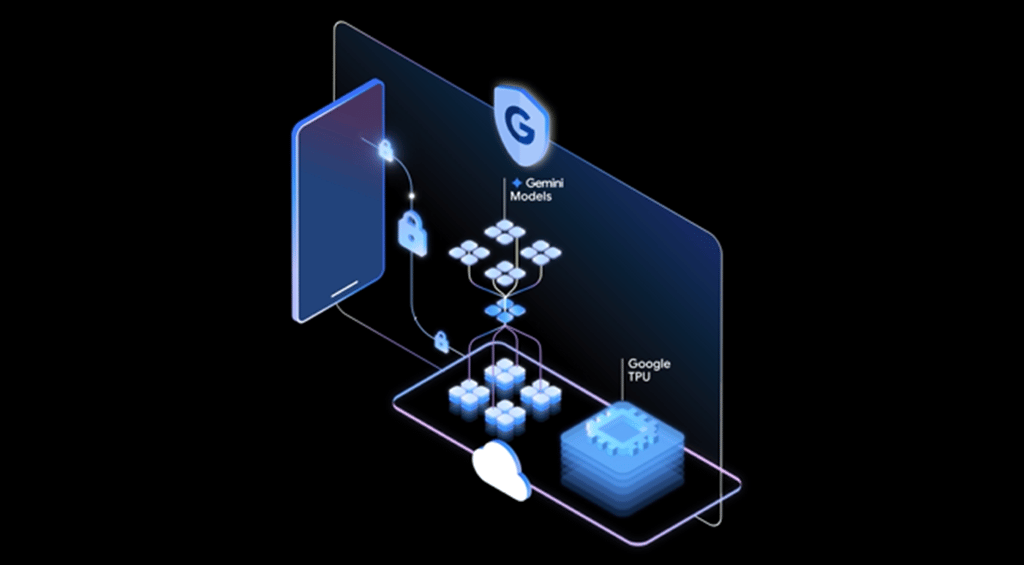Datamation content and product recommendations are
editorially independent. We may make money when you click on links
to our partners.
Learn More
For the last 65 years, the Educational Testing Service (ETS) has been helping to perform large scale educational assessments like the SAT and GRE. ETS now does over 50 million assessments a year globally, all supported by a backend IT infrastructure.
It’s an infrastructure that is now, in part, headed to the cloud in an effort to improve operational efficiency and scale.
Cloud Storage and Backup Benefits
Protecting your company’s data is critical. Cloud storage with automated backup is scalable, flexible and provides peace of mind. Cobalt Iron’s enterprise-grade backup and recovery solution is known for its hands-free automation and reliability, at a lower cost. Cloud backup that just works.
SCHEDULE FREE CONSULT/DEMO
“The whole foundation for us to scale what we do is based on complex algorithms and the ability to do that at massive scale in a fairly short period of time,” Daniel Wakeman, VP and CIO, Educational Testing Service, told InternetNews.com. “Because of that, we need a lot of computing horsepower and also, the dichotomy is, we do it in bursts as our business is very cyclical.”
The SAT college entrance examination, for example, occurs five times a year. When testing isn’t occurring, all of ETS’s computer infrastructure sits idle, as they currently don’t have an easy way to re-purpose it. There is also a need for large amounts of compute power to enable research projects into different types of cognitive testing. That’s why ETS began to consider the cloud as a way to lower their fixed costs in order to deal with the seasonality of their computing needs.
“Our situation today is that we have a big server farm of 900 servers running at 6 percent utilization,” Wakeman said. “We have been virtualizing a bit and now we’re looking at cloud.”
Challenges
Moving to an on-demand cloud infrastructure is not a simple one-step process for ETS.
ETS has multiple challenges in moving to the cloud, including classifying all of their various applications and figuring out what can be moved and when. All that, in turn, needs to be balanced against release cycles and testing events.
Another key challenge involves managing both old and new environments, since the company can’t move everything to the cloud. What ETS is aiming to do is to be able to encapsulate their workloads into images that can then be moved when and where needed.
“We also need to be able to understand how much the cloud deployment will cost,” Wakeman said. “On one hand there is Amazon, where you pull out your credit card and setup a cloud. On the other hand, many of the other cloud service providers have their grand powerpoints and plans, but they couldn’t tell us how they were going to charge us.”
ETS has chosen to go with cloud and data center vendor CSC, as they gave them a variable pricing model. ETS had been using CSC for the past 10 years for outsourcing of its core data center infrastructure. As to why ETS didn’t choose to simply use Amazon, Wakeman noted that there was a bit too much of a do-it-yourself approach with Amazon. Instead, ETS opted for a fully managed cloud that could work with their existing data center deployment.
“Unless you’re going to write your applications from scratch to work over a WAN, they’re not going to perform well,” Wakeman said. “That’s what we found out initially when we tried out a few applications on Amazon, and they had real issues of latency back to our datacenter, even though we have large pipes and so does Amazon.”
Costs
CSC is using VCE vBlocks for cloud infrastructure. VCE is a joint venture of Cisco, EMC and VMware and vBlock is the core unit of hardware that delivers an integrated hardware and software approach for cloud.
What ETS now has is a hybrid cloud that leverages the traditional data center assets with CSC’s on-premise vBlocks for on-demand cloud computing.
The way ETS pays for their cloud deployment is also a hybrid approach. They pay for a certain amount of reserve capacity, then there is also the ability to buy additional capacity on demand at set prices. Attached to those on-demand compute cycles are service level agreements around how fast those compute cycles can be brought online. The on-demand compute units also get cheaper if ETS is able to provide more advance notice to CSC.
From a total cost of ownership perspective, figuring out if the cloud makes sense is a multi-tiered equation. Not all of ETS’s applications can move easily and many require an investment of skills and resources to re-write for the cloud. Wakeman noted that ETS is still not clear how much rework will need to be done and how much that will cost.
“For the things that we can move easily, there is a quick payback,” Wakeman said. “There is some payback since the cost to run a server at six percent utilization versus a virtual server on demand, provides savings that are real and tangible.”
Sean Michael Kerner is a senior editor at InternetNews.com, the news service of the IT Business Edge Network, the network for technology professionals Follow him on Twitter @TechJournalist.
-
Ethics and Artificial Intelligence: Driving Greater Equality
FEATURE | By James Maguire,
December 16, 2020
-
AI vs. Machine Learning vs. Deep Learning
FEATURE | By Cynthia Harvey,
December 11, 2020
-
Huawei’s AI Update: Things Are Moving Faster Than We Think
FEATURE | By Rob Enderle,
December 04, 2020
-
Keeping Machine Learning Algorithms Honest in the ‘Ethics-First’ Era
ARTIFICIAL INTELLIGENCE | By Guest Author,
November 18, 2020
-
Key Trends in Chatbots and RPA
FEATURE | By Guest Author,
November 10, 2020
-
Top 10 AIOps Companies
FEATURE | By Samuel Greengard,
November 05, 2020
-
What is Text Analysis?
ARTIFICIAL INTELLIGENCE | By Guest Author,
November 02, 2020
-
How Intel’s Work With Autonomous Cars Could Redefine General Purpose AI
ARTIFICIAL INTELLIGENCE | By Rob Enderle,
October 29, 2020
-
Dell Technologies World: Weaving Together Human And Machine Interaction For AI And Robotics
ARTIFICIAL INTELLIGENCE | By Rob Enderle,
October 23, 2020
-
The Super Moderator, or How IBM Project Debater Could Save Social Media
FEATURE | By Rob Enderle,
October 16, 2020
-
Top 10 Chatbot Platforms
FEATURE | By Cynthia Harvey,
October 07, 2020
-
Finding a Career Path in AI
ARTIFICIAL INTELLIGENCE | By Guest Author,
October 05, 2020
-
CIOs Discuss the Promise of AI and Data Science
FEATURE | By Guest Author,
September 25, 2020
-
Microsoft Is Building An AI Product That Could Predict The Future
FEATURE | By Rob Enderle,
September 25, 2020
-
Top 10 Machine Learning Companies 2021
FEATURE | By Cynthia Harvey,
September 22, 2020
-
NVIDIA and ARM: Massively Changing The AI Landscape
ARTIFICIAL INTELLIGENCE | By Rob Enderle,
September 18, 2020
-
Continuous Intelligence: Expert Discussion [Video and Podcast]
ARTIFICIAL INTELLIGENCE | By James Maguire,
September 14, 2020
-
Artificial Intelligence: Governance and Ethics [Video]
ARTIFICIAL INTELLIGENCE | By James Maguire,
September 13, 2020
-
IBM Watson At The US Open: Showcasing The Power Of A Mature Enterprise-Class AI
FEATURE | By Rob Enderle,
September 11, 2020
-
Artificial Intelligence: Perception vs. Reality
FEATURE | By James Maguire,
September 09, 2020
SEE ALL
CLOUD ARTICLES







